Which dog ear infection treatment is right for you? If your dog is constantly scratching his ears, it might be because he has an ear infection. Ear infections in dogs ear canals are a common problem, and can be caused by allergies, parasites, or yeast overgrowth. If your dog’s ears are infected, you will need to treat the infection with a medication prescribed by your veterinarian.
There are many different types of medications and treatments available for treating dog ear infections, so how do you know which one is right for your dog? In this blog post, we will discuss 7 different treatment options and their pros and cons!



How can I tell if my Great Dane has an ear infection and which dog ear infection treatment is needed?
Your dog may have trouble hearing or keeping up with what’s going on around them, even though they seem fine.
This is because the infected area of their outer canal becomes inflamed and swollen. The swelling makes it difficult for fluid to escape from those cells.
Additionally, liquid can block pores inside this passageway during activities such as bathing, grooming or ear cleaning.
Common Symptoms
The most common symptoms of an ear infection include excessive head shaking, scratching, and redness or swelling of the ear.
If you notice any of these symptoms, it’s important to take action in healing your Great Dane’s ears. If their ears are left untreated, the infection can worsen and lead to other health problems.
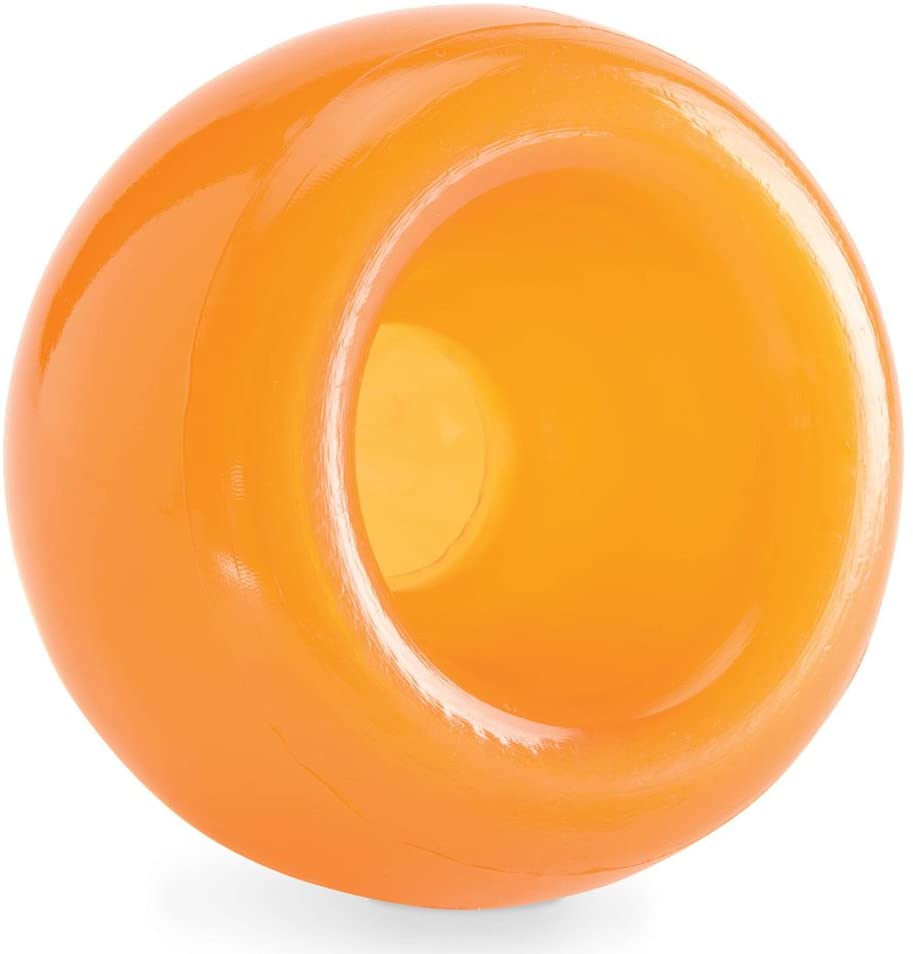
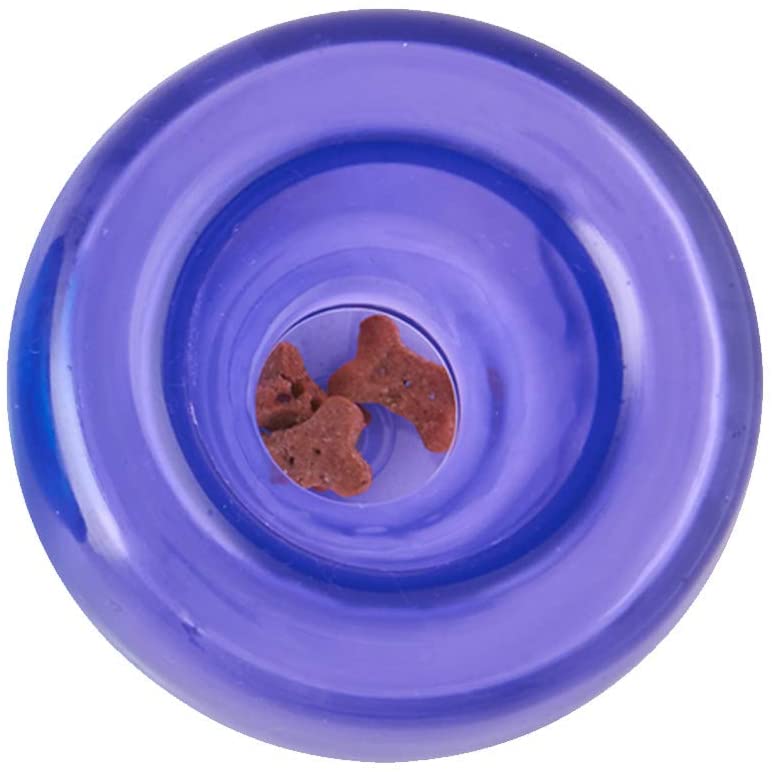
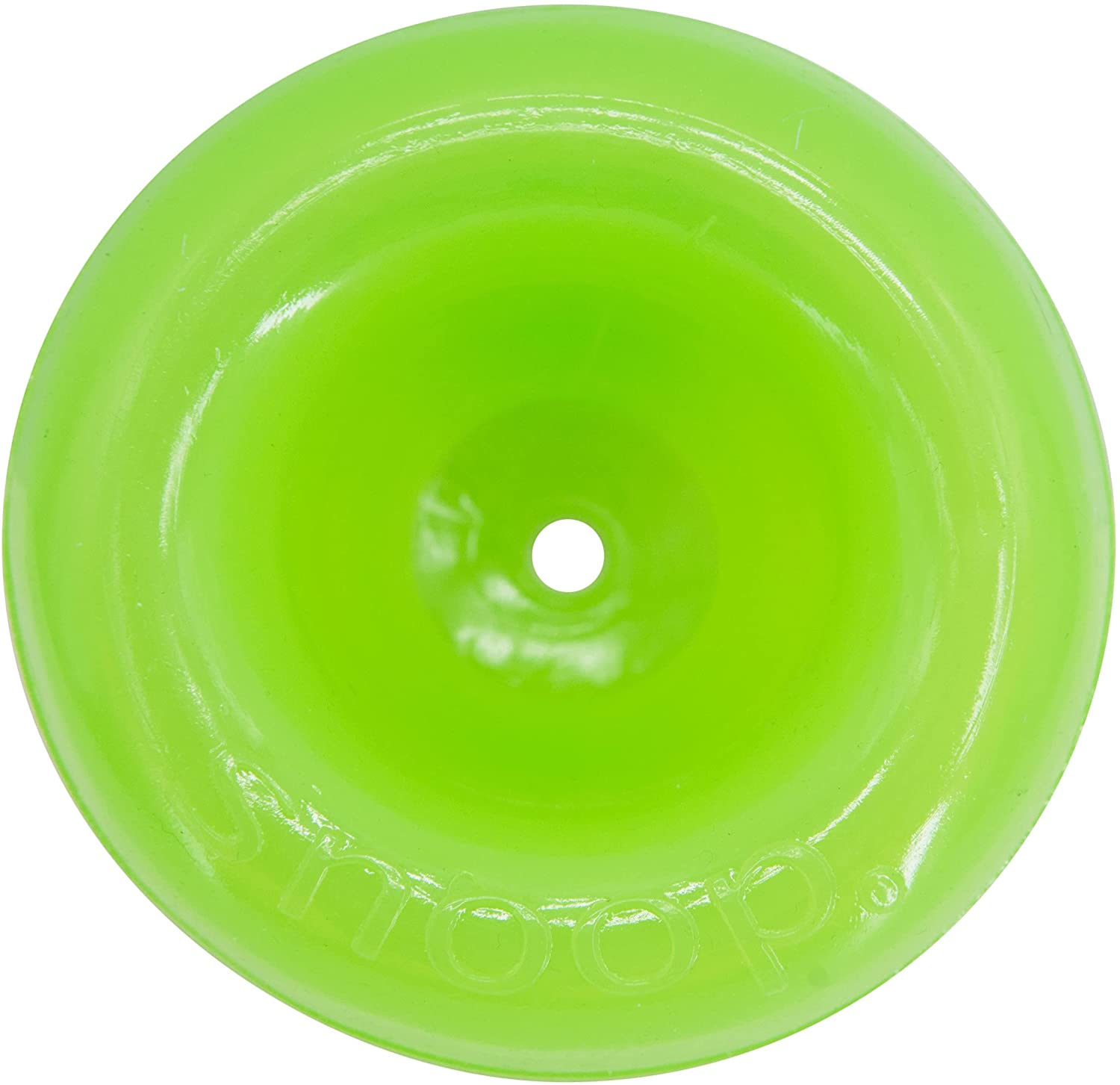
My Great Dane has an ear infection, what should I do?
If you suspect your dog has an ear infection, it’s important to take them to the vet for a professional diagnosis. Ear infections are common in dogs, and can be caused by a variety of factors including allergies, bacteria, and ear mites. While some ear infections can clear up on their own, others may require medication or surgery. In most cases, ear infections can be treated at home with over-the-counter ear drops.
Following your veterinarians instructions
However, it’s important to follow your vet’s instructions and not use drops for more than a week without checking in first. For dogs with chronic or severe infections, your vet may recommend special shampoos, ear cleaners, or oral antibiotics. If you’re concerned about your dog’s ear infection, be sure to keep your dog’s ear clean.
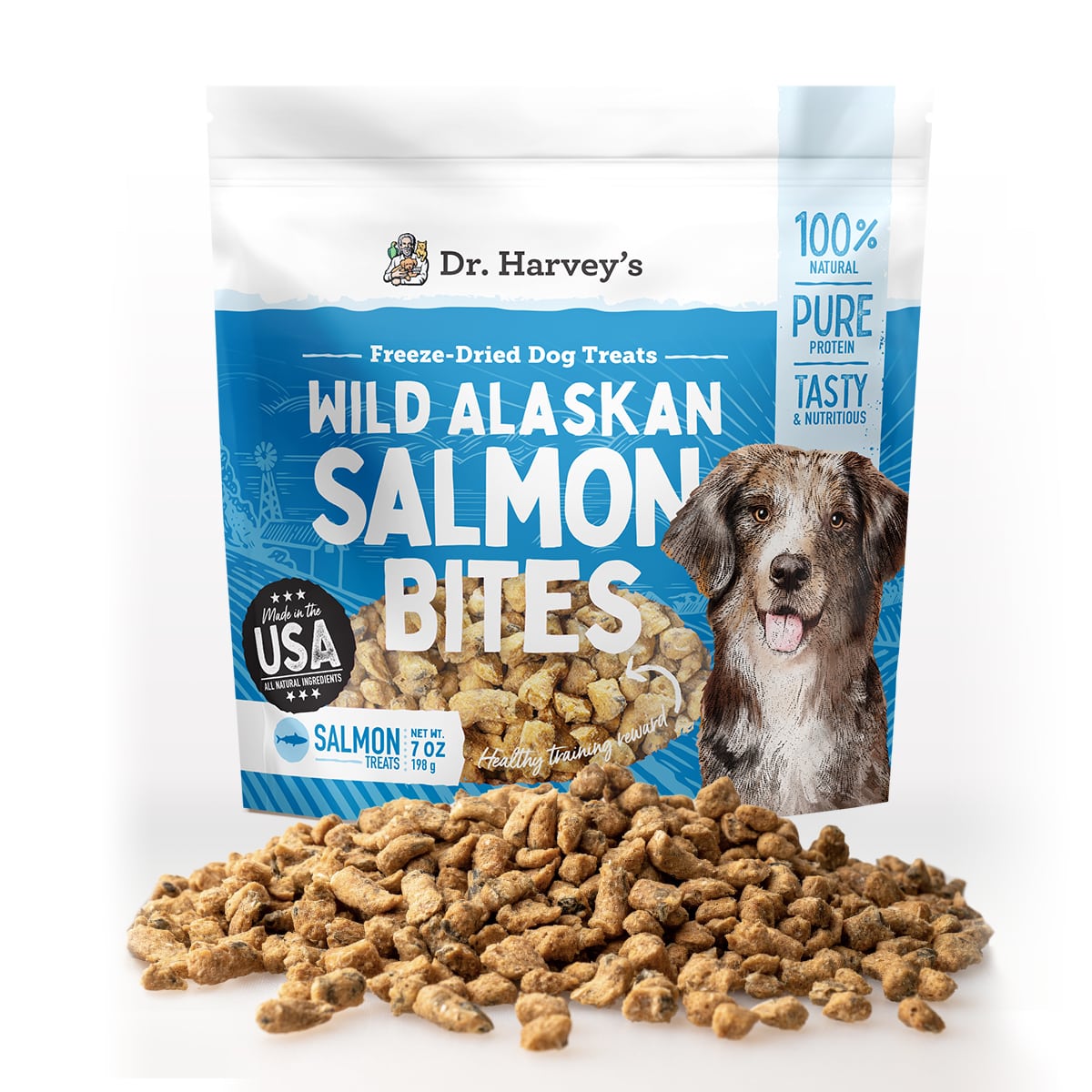
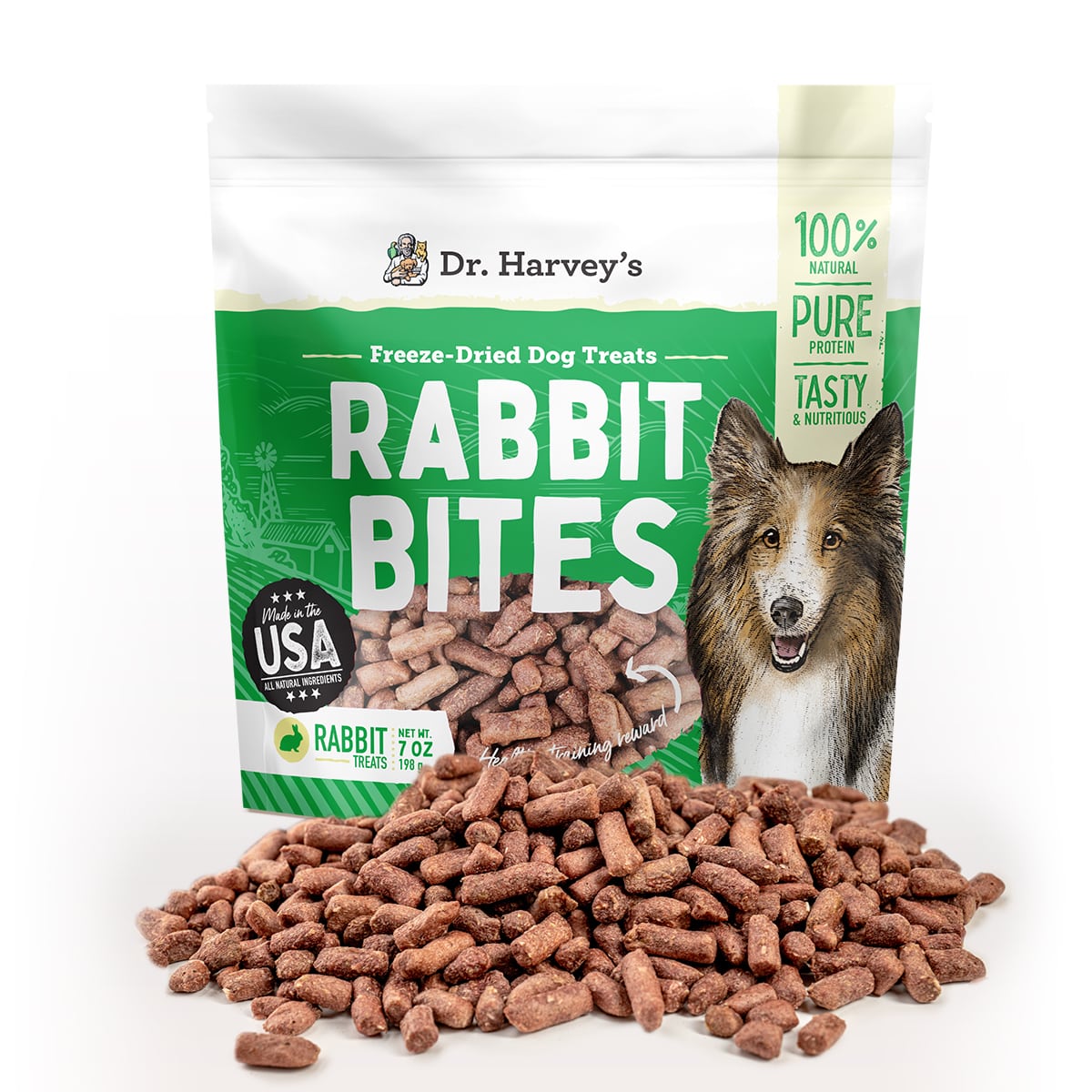

What are some common causes of ear infections in Great Danes?
Common causes of ear infections in Great Danes and other dogs include allergies, foreign bodies in the ear, and bacterial or fungal infections. Ear infections are a common problem in Great Danes and dogs. There are several different ear diseases that can affect these dogs, and environmental allergies are also a common trigger.
Disorders and other causes of chronic ear infections
In addition, endocrine disorders can sometimes produce ear infections as a side effect. Great Danes also produce a lot of earwax, which can contribute to the development of ear infections. Treatment for ear infections typically involves the use of antibiotics or anti-fungal medications. In severe cases, surgical intervention may be necessary to clear the infection.
Recurring Infections
If your Great Dane has recurrent ear infection, it’s important to work with your veterinarian to find the best way to manage them and prevent recurrent ear infections. This may include medication, diet changes, or other treatments.
Allergies and Food Intolerances
Many Great Danes are allergic to grains or some proteins which can cause them to develop ear infections. It would be beneficial to conduct a diet elimination trial to test, with the help of your veterinarian, if your Great Dane’s ear infections are related to diet.
Great Dane Skin Issues
The Great Dane breed has a higher chance of developing food intolerances than some other canine breeds. Frequently, adverse reactions to food appear in the dog as chronic skin inflammations. These skin conditions cause severe itching, so if your Great Dane is excessively scratching, rubbing, itching, or biting any areas on his body that show evidence of skin allergies, a food allergy may be the culprit behind your dog’s discomfort.
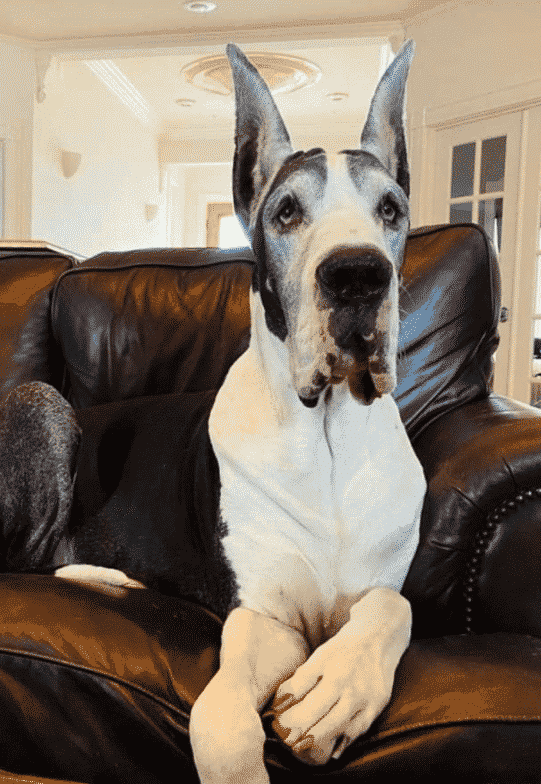

Foreign Body
If there is a foreign body in the ear, it will need to be removed by a veterinarian. Resistant infections, or severe bacterial and fungal infections are often treated with antibiotics or anti-fungal medications. In chronic cases or autoimmune diseases you may need to visit your veterinary hospital for a professional ear cleaning.
How Can I Treat my Great Dane or other dog’s ear infections?
Many dog owners are familiar with the frustrating and often painful problem of ear infections in their pet. Great Danes are especially prone to ear infections, due to the shape of their ears. However, there are several things that owners can do to help prevent and treat these infections. We are going to discuss 11 tips to that serve as appropriate treatment for ear disease.
One: Cotton swabs to preventing dog ear infection IS NOT SAFE
First, cotton swabs should never be used to clean a dog’s ears. The cotton balls can push wax and debris further into the ear. Dog ear infections can be caused by yeast, bacteria, or a combination of both. Severe cases of ear infections in dogs can lead to hearing loss, and the infection can be very painful. While there are a number of ways to treat ear infections, using cotton swabs is not one of them. Cotton swabs can actually push wax and debris further into the ear, causing the infection to worsen.
Two: Ear wash for dog ear infection
Use a wash designed specifically for dogs. This can be found at most pet stores.
Why does my dog need its ears cleaned?
Dogs ear canal is relatively long and narrow, which makes it difficult for air to circulate and prevents ear wax from draining properly. This can create an ideal environment for bacteria and ear mites to thrive. In addition, dogs often put their heads down in dirty or contaminated water, increasing their risk of infections.
Which wash should I use?
While there are a variety of ear washes on the market, it is important to choose one that is specifically for dogs. Human washes can be too harsh for a dog’s delicate ear canal and may cause further irritation. Dog washes, on the other hand, are formulated to gently cleanse.
Secondly, be sure to check your Dane regularly for any wax build-up or debris. If you see anything, gently remove it with one of our recommended washes. Use a gentle cleaner made specifically for Great Danes. Our favorite cleanser is called Zymox, and it has great results.

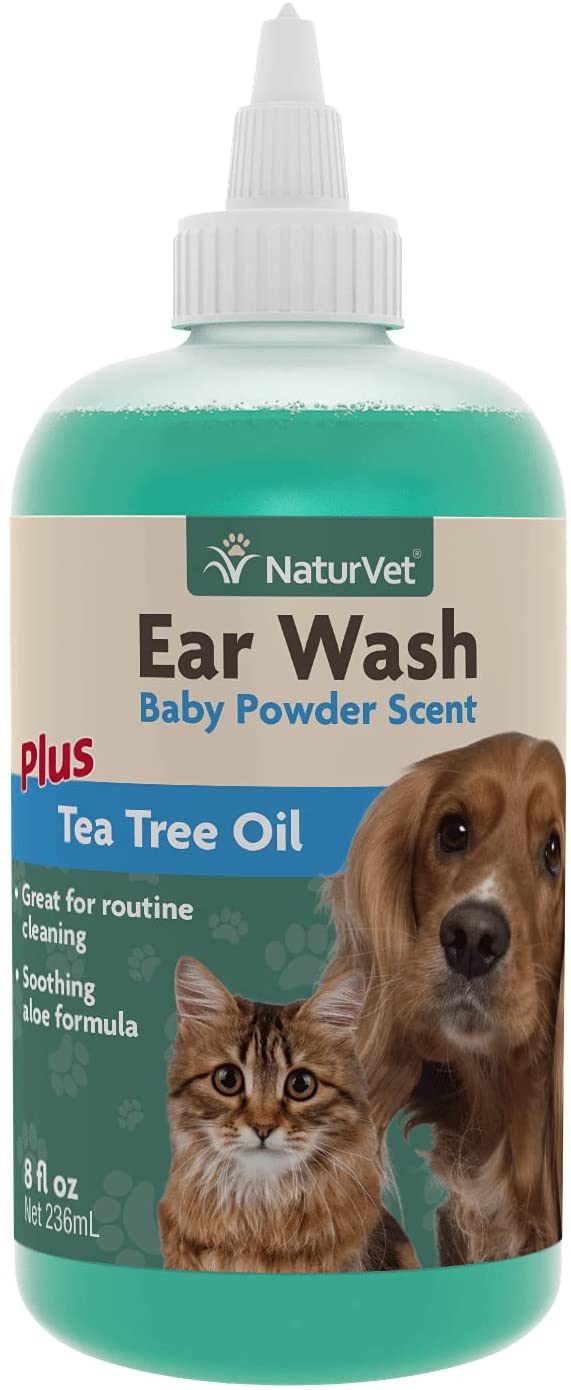
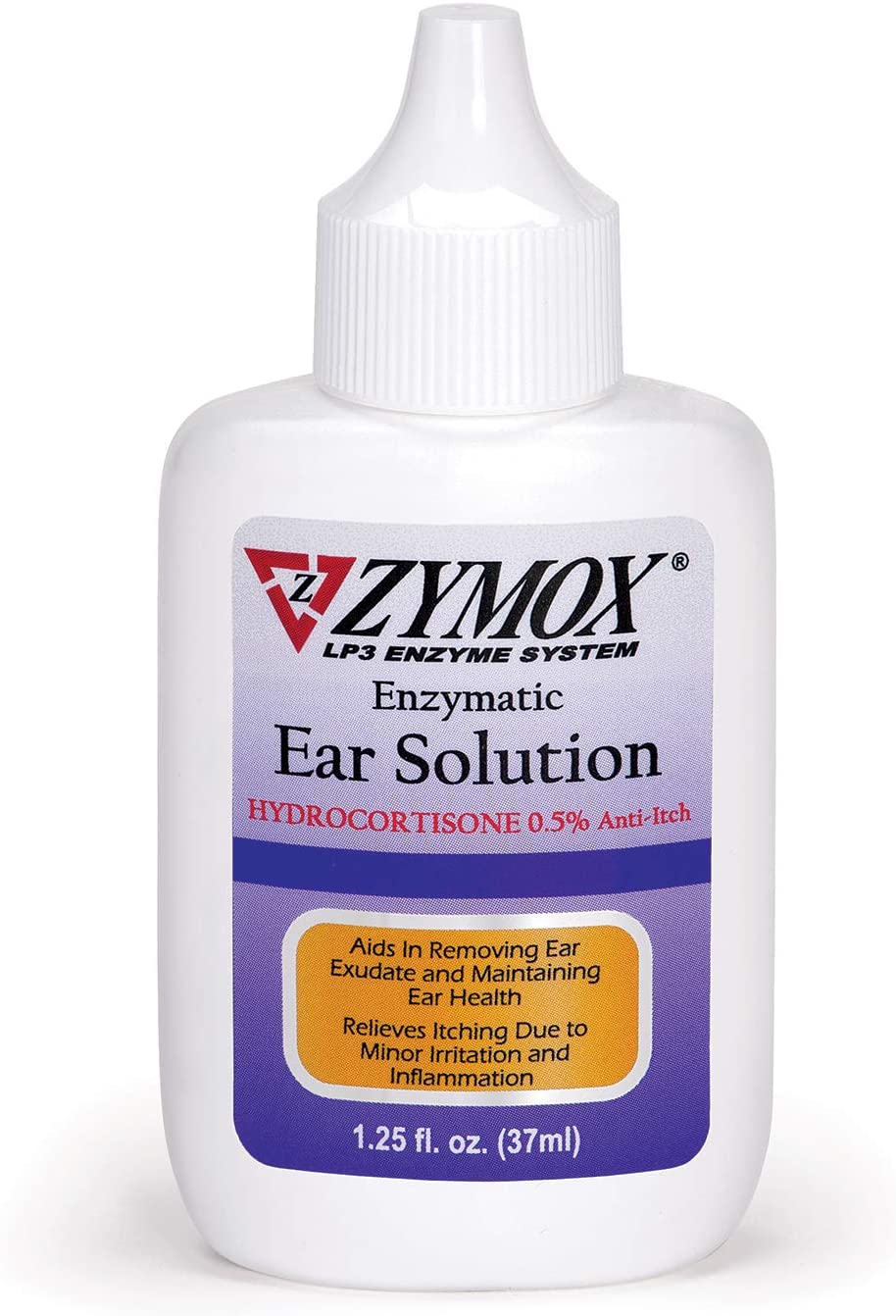
Four: If you notice symptoms, start early treatment to prevent infections
Next, if you notice symptoms, start early treatment to prevent ear infections in dogs.
Seeking Veterinarian opinions on dog ear infections
Next, if you notice an infection in your dog’s ears, there are a few things you can do to help prevent it from getting worse and entering their ear canals. First, if you think your dog may have an ear infection, take them to the vet as soon as possible to get an accurate diagnosis. Treatment is important to prevent the infection from spreading and causing more serious problems.
Diagnosis of ear infections in dogs
Once your dog has been diagnosed with an infection, there are a few things you can do at home to treat the infection and prevent it from coming back. Clean your dog’s ears regularly with a mild cleaner prescribed by your vet. Your vet may prescribe a topical medication that can help one or both ears. If your dog has black or yellowish discharge, they will likely prescribe anti inflammatory medications, as this could be a sign that the infection is in both the middle and inner ear.
Five: Allergies or foreign body in many dogs can cause an infections
It is important to rule out any underlying issues like allergies or foreign body.
Allergies can cause infections in dogs
If your dog has allergies, try to manage them with a credible allergy medication prescribed by your veterinarian. Allergies as an underlying cause can cause pain near the ear head and your dog’s skin will be itchy. The normal protective barrier of your dog’s skin will be inflamed and sometimes there can even be diseased tissue.
Foreign bodies cause chronic infections and severe or chronic cases of infection
If you think there might be a foreign body iSSUE, take them to the vet to have it checked out and removed if necessary. Foreign bodies in dogs ear canals could include:
- Grass seeds: a grass seed can make its way into your dogs ear canal, causing inner ear infections.
- Foxtails: Foxtails are another term for a unique grass seed that causes an inner ear infection and severe chronic disease if left in the dog’s ear canal for too long.
- Sand: If you live nearby sand, this can impact both the outer ear canal as well as causing the middle ear to feel crusty/dirty.
- Dirt: Dirt can enter the external ear canal and travel to the middle ear, causing ear infections in dogs.
- Mites: Ear Mites can make their way into the canal and cause an infection. Keeping your dog’s ears clean can prevent mites from traveling into the ear canal, and ultimately prevent ear infections.
- Excessive wax: If there is a lot of wax buildup, a veterinarian may need to suction it out. Excessive wax or the inability to produce earwax can both be painful for your dog.
Six: Keep your dog’s ears dry and avoid excessive moisture
Many dog owners are unaware of the importance of keeping their pet’s ears dry and free from moisture. This is because the ears of dogs, especially those with floppy ears, are very susceptible to infection by moisture.
Beware of water
Excessive moisture is one of the most common factors to infection. When a dog’s ears become wet, it provides the perfect environment for bacteria to grow. This can lead to a painful infection. To avoid this, it is important to keep your dog’s skin dry. This means avoiding swimming or bathing without protection and keeping the hair around the face short. By taking these precautions, you can help prevent infections in dogs and keep your dog’s infection at bay.


Seven: Use home remedies for pain
In addition, there are a few things you can do at home to help your Great Dane feel better. One of the most important is to keep the ear clean and dry. Some of these home remedies include:
- Use a warm compress to help ease the pain.
- Trim any excess hair in order to keep the area as clean as possible.
- Use coconut oil, which serves as a natural anti-inflammatory. Do not put coconut oil INTO the ear canal without veterinarian approval.
- If you notice an infected ear, act as quickly as possible and seek treatment.
- Use the appropriate medication to treat the diagnosis.
In Conclusion
In conclusion if you notice any irritating gunk or itchy skin, be sure to monitor. If it doesn’t improve or your dog is excessively scratching at their ears, make an appointment with the vet.
Your vet will likely prescribe antibiotics and/or ear drops to help clear up the infection. In extreme cases, your dog may need surgery to remove the infected tissue.
Prevention is always the best medicine, so be sure to keep your dog clean and dry to avoid any future infections. If you have any questions or concerns, please don’t hesitate to reach out to us! We’re always here to help.
Happy tails!
READ MORE:

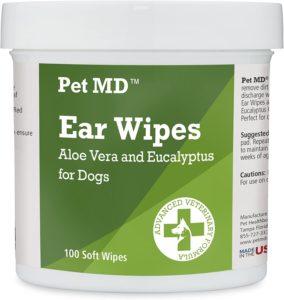
Leave a Reply